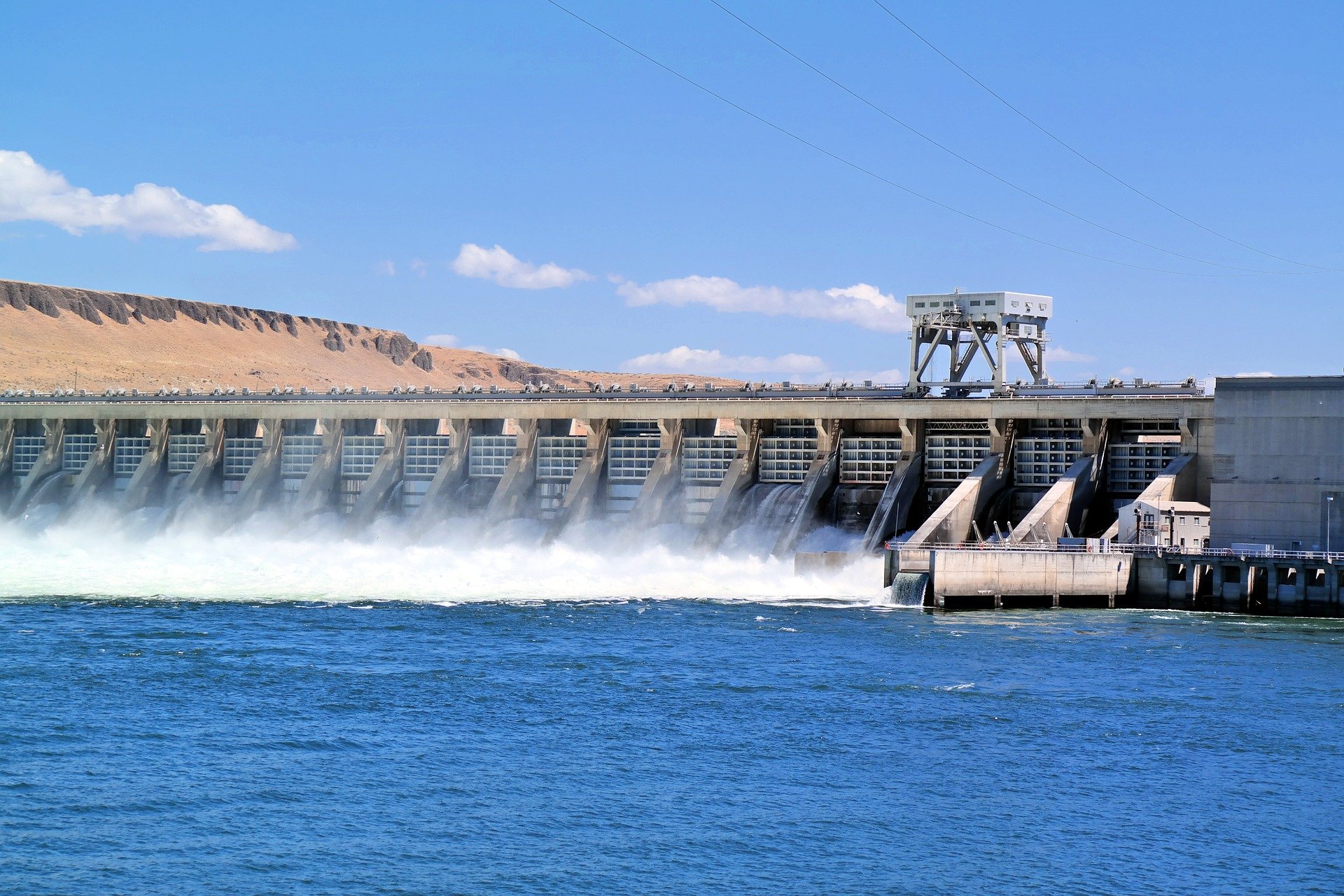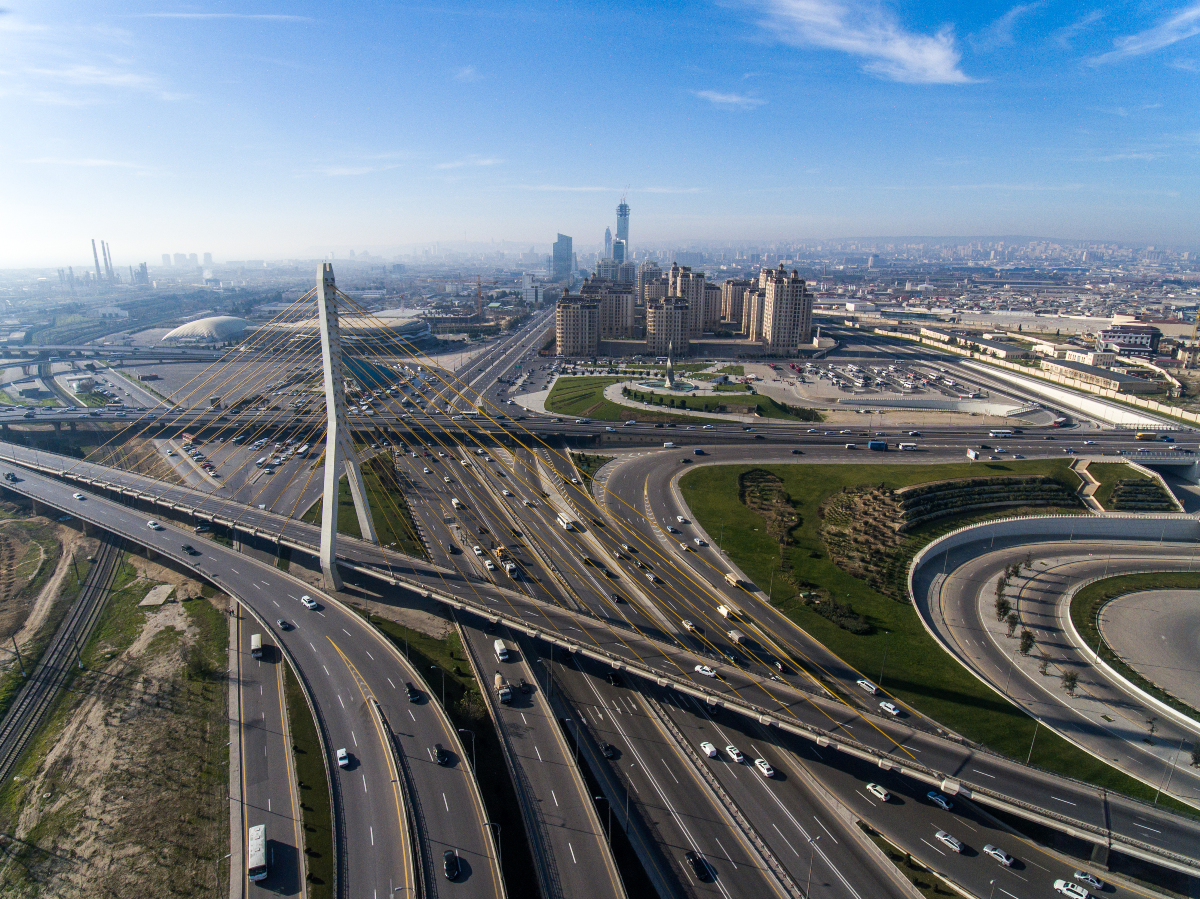
Why your next pizza delivery may depend on resilience of our digital infrastructure
By Mr. Rajat Uchil
Look at the world around us. We can work from home, order pizza at the click of a button, purchase household items or even enroll in an online course at a university. All this has been made possible due to rapid innovations in information, communication and technologies. Today, digital infrastructure is our “lifeline infrastructure”. Any disruption to this essential infrastructure affects our daily lives. We need to understand it. And we need to safeguard it.
Digital infrastructure refers to the Internet backbone, fixed broadband, mobile telecommunications, communication satellites, data centres, cloud services and platforms and the Internet of Things, to name just a few. These components are interconnected and usually interdependent. A failure in one may lead to a failure in another, affecting individuals, businesses and governments. One prominent example is the 2019 Internet Blackout of Tonga caused by damage to the Internet sea cable that affected banking, finance and tourism services. The disaster affected around 110,000 people who were unable to make international calls or credit card payments. It took 13 days to find the fault and restore Internet services. Another recent example is from October 2020, when some telecom users in Pune, India, were affected by partial disruption of telecom services. Due to heavy rainfall, flooding at key sites of the telecom operator caused partial service disruptions.
Digital infrastructure is vulnerable to natural hazards such as cyclones, tsunamis, floods and earthquakes as well as cyber-attacks. Hazards can lead to disasters if not managed well. Therefore, it is in all our best interests to explore and address current and future disaster risks. This includes understanding the scope of such events and the probability of a disruption which could lead to failure of digital infrastructure.
To building resilience, private and government organizations can play a vital role, especially if they work closely together. Digital infrastructure and technology innovations are driven by private sector corporations. In addition, new developments in digital infrastructure technologies such as low orbiting satellites that promise to provide global high-speed Internet coverage could present unforeseen risks as well as avenues to build resilience.
Digital infrastructure makes it possible for us to work from home, post social media content, do our banking, make digital payments and in the context of the pandemic and social distancing, enable communication with loved ones.
Now imagine the future—a hyperconnected world where smart devices, autonomous vehicles, robots, advanced computers and city infrastructures are dependent on reliable and secure digital connectivity. It is a world in which transportation, electricity, water, banking services and other aspects of our daily lives are dependent on a robust digital infrastructure. Living in such a world is only possible if disruptions are minimal. Minimal disruptions, in turn, will depend on the resilience of digital infrastructure.
We all love the convenience that digital connectivity brings. However, we must discuss and think about resilience. So that when you order the next pizza or book your ride to the movies, the entire process happens smoothly.
Mr. Rajat Uchil is a Research Analyst at the Coalition for Disaster Resilient Infrastructure (CDRI)
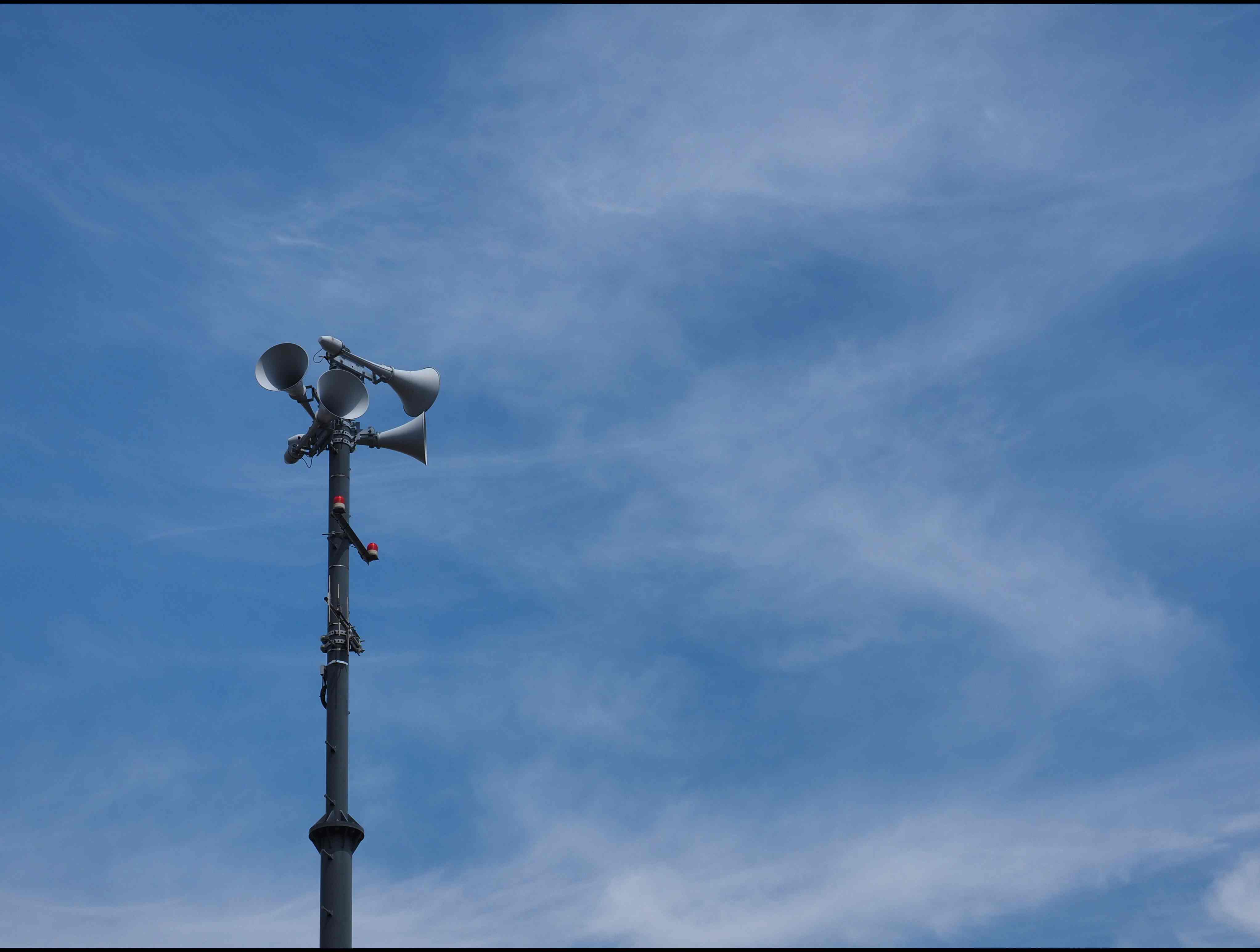
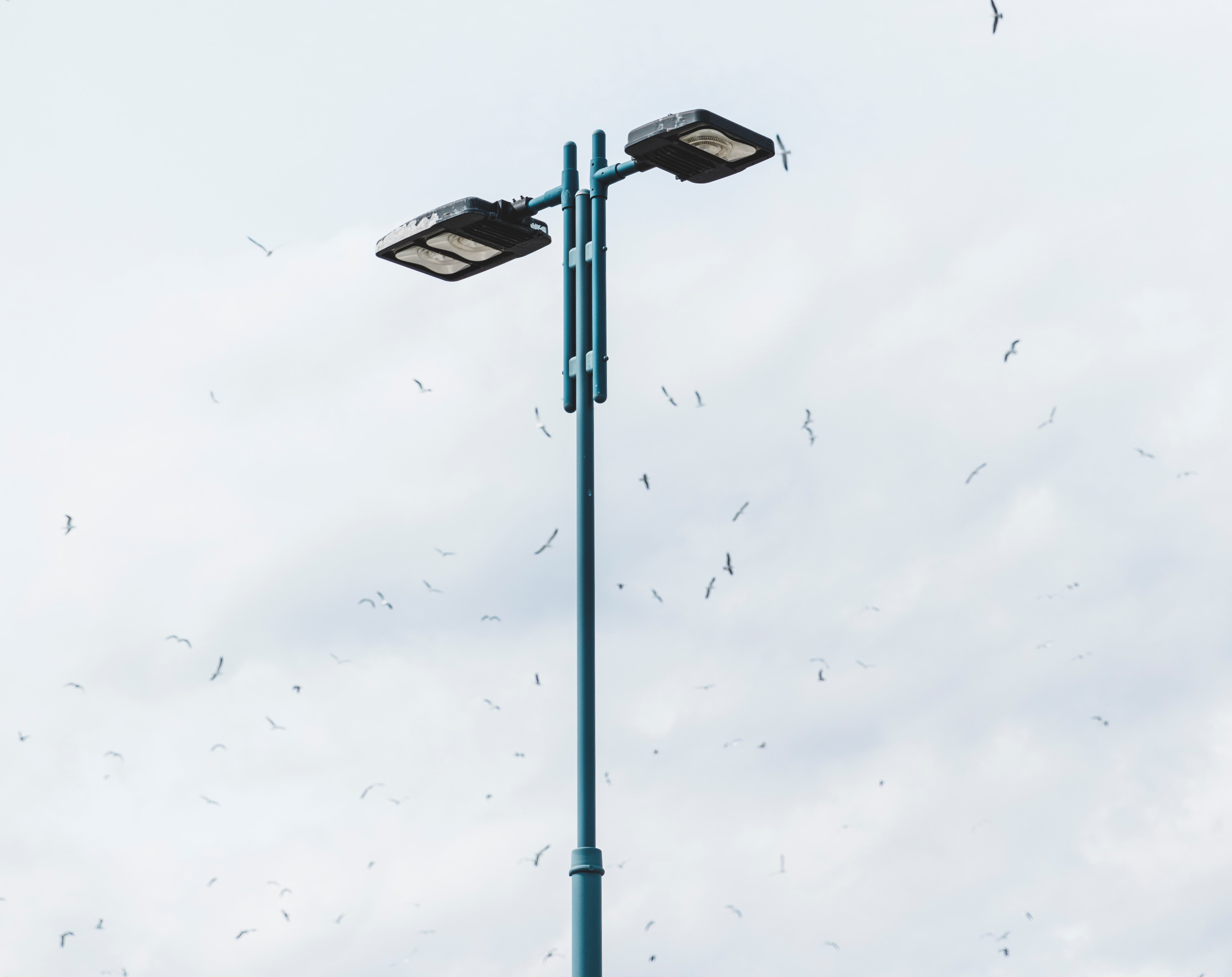
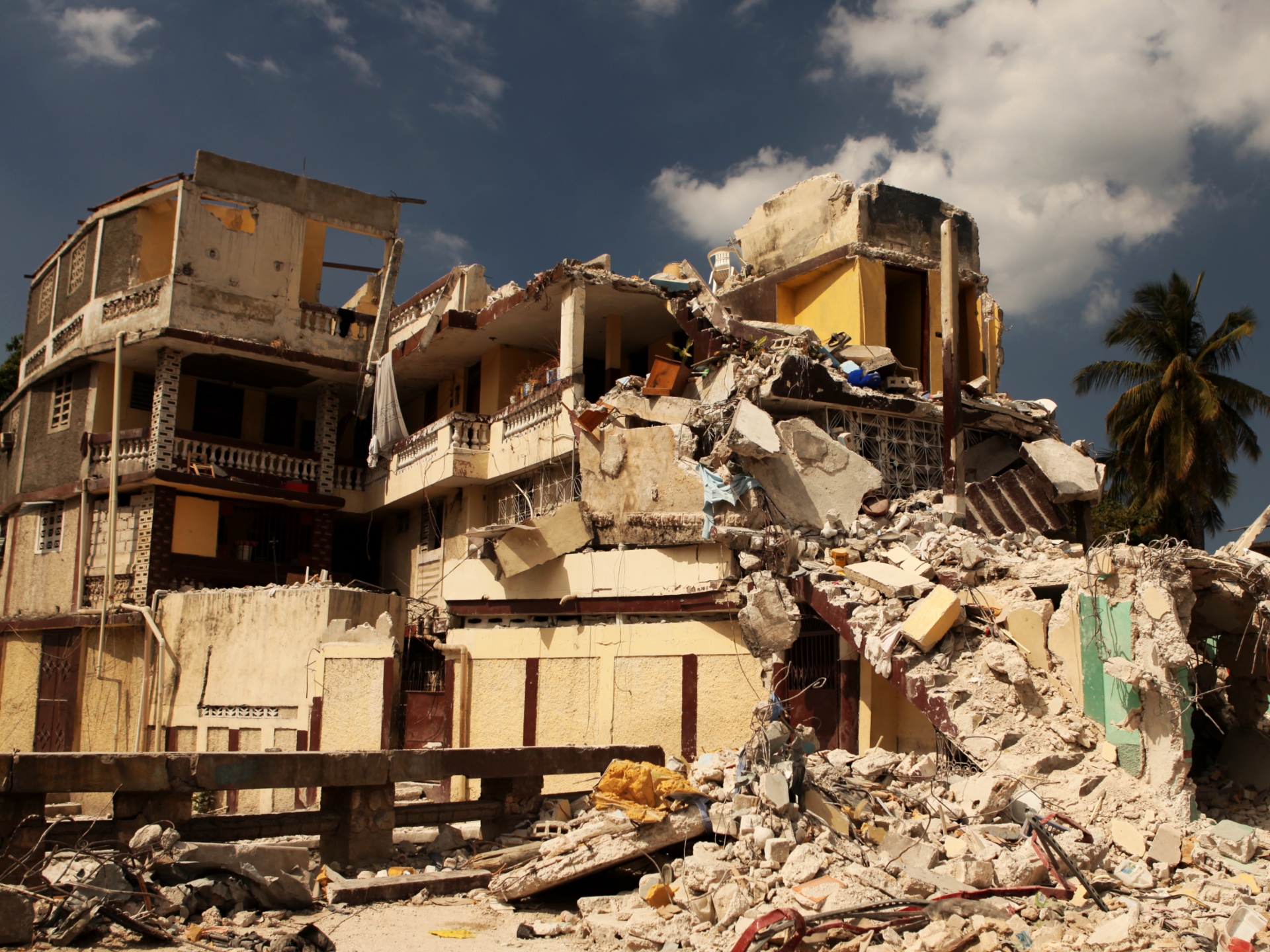
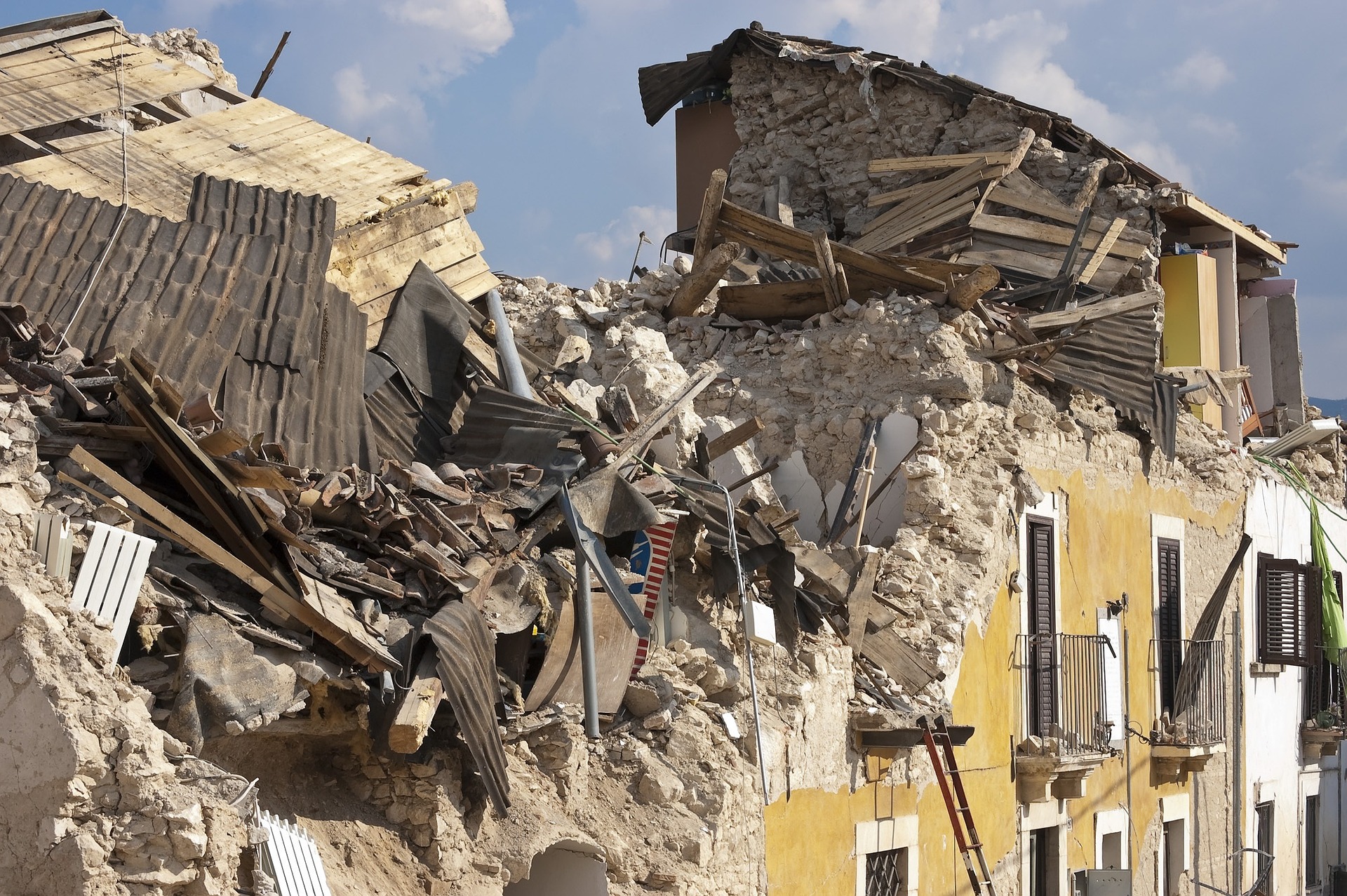
.jpg)
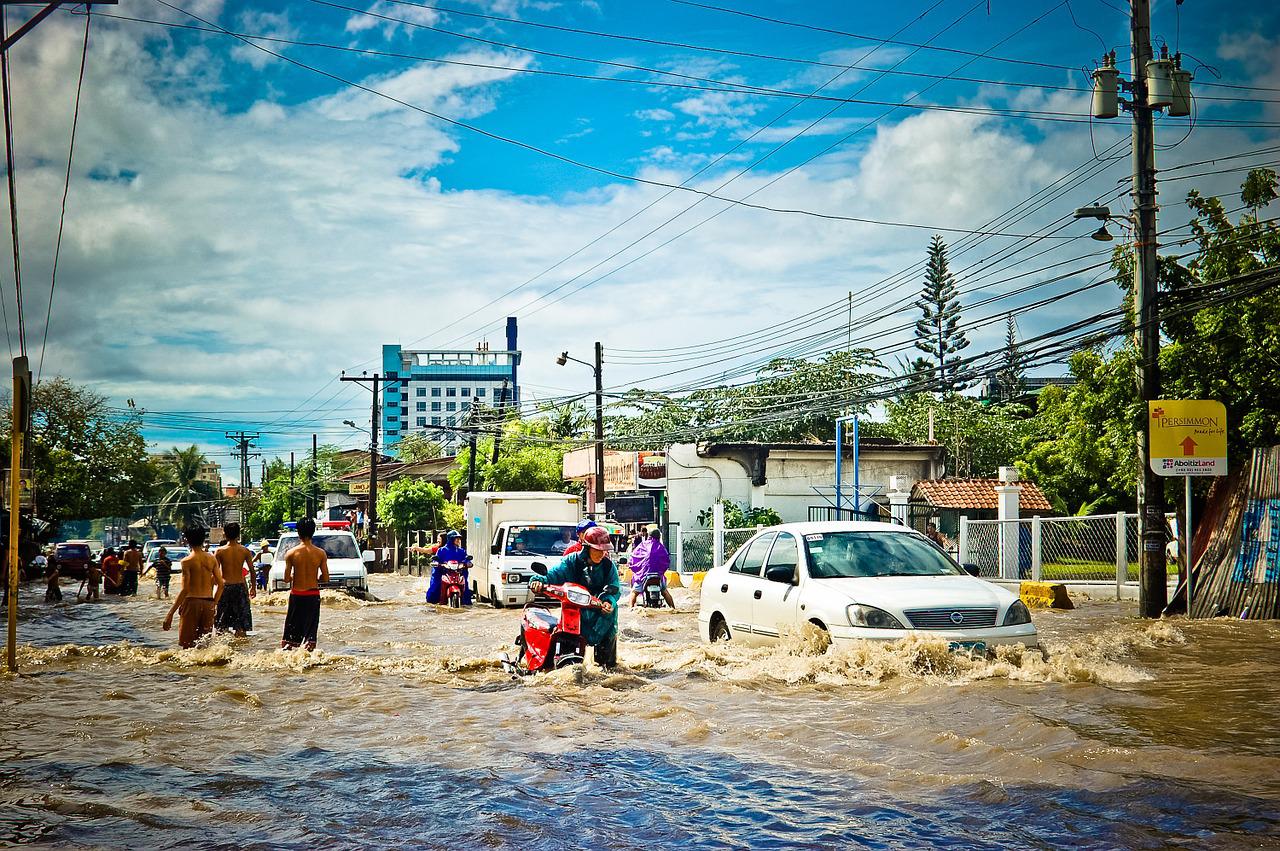
.jpg)
